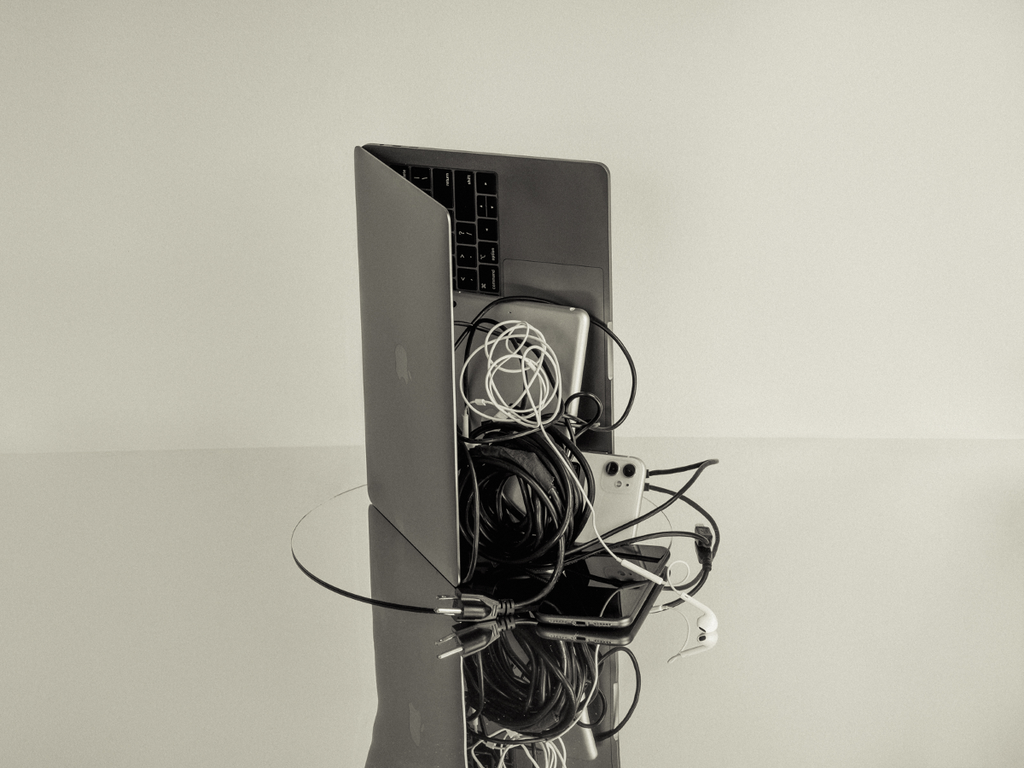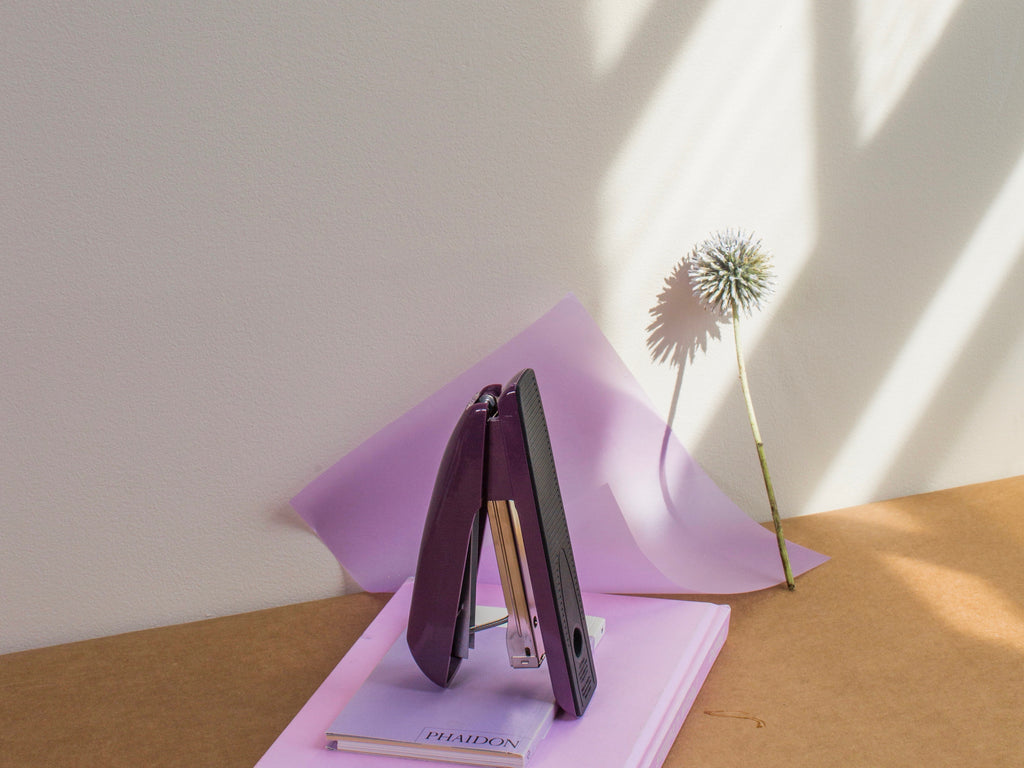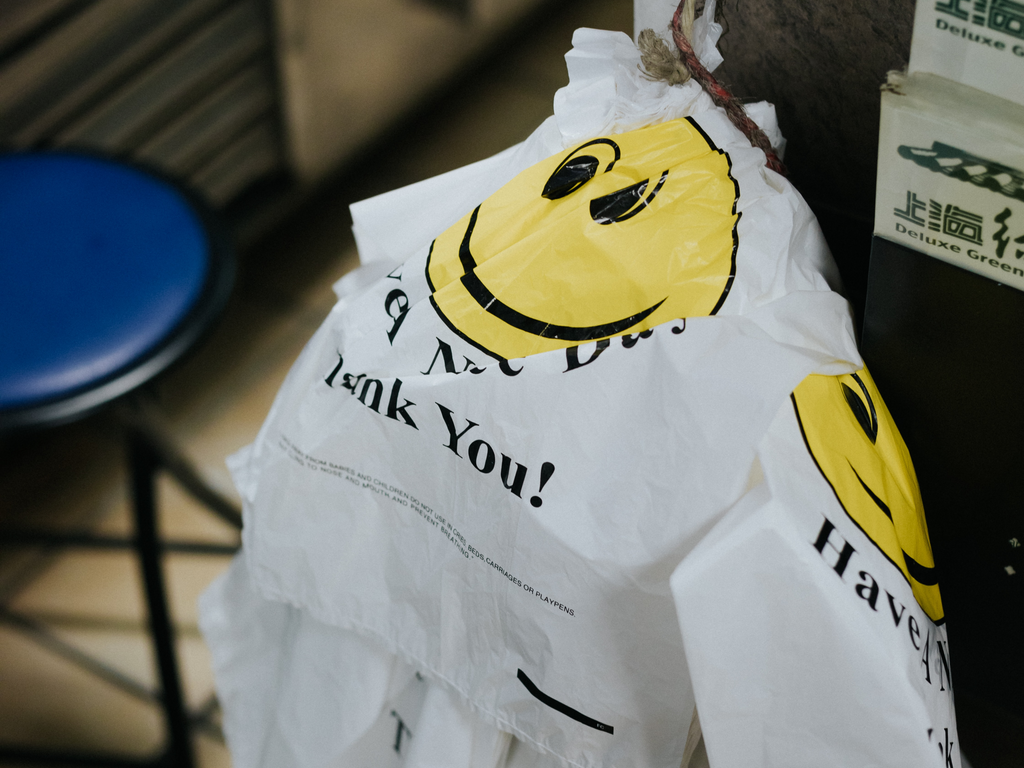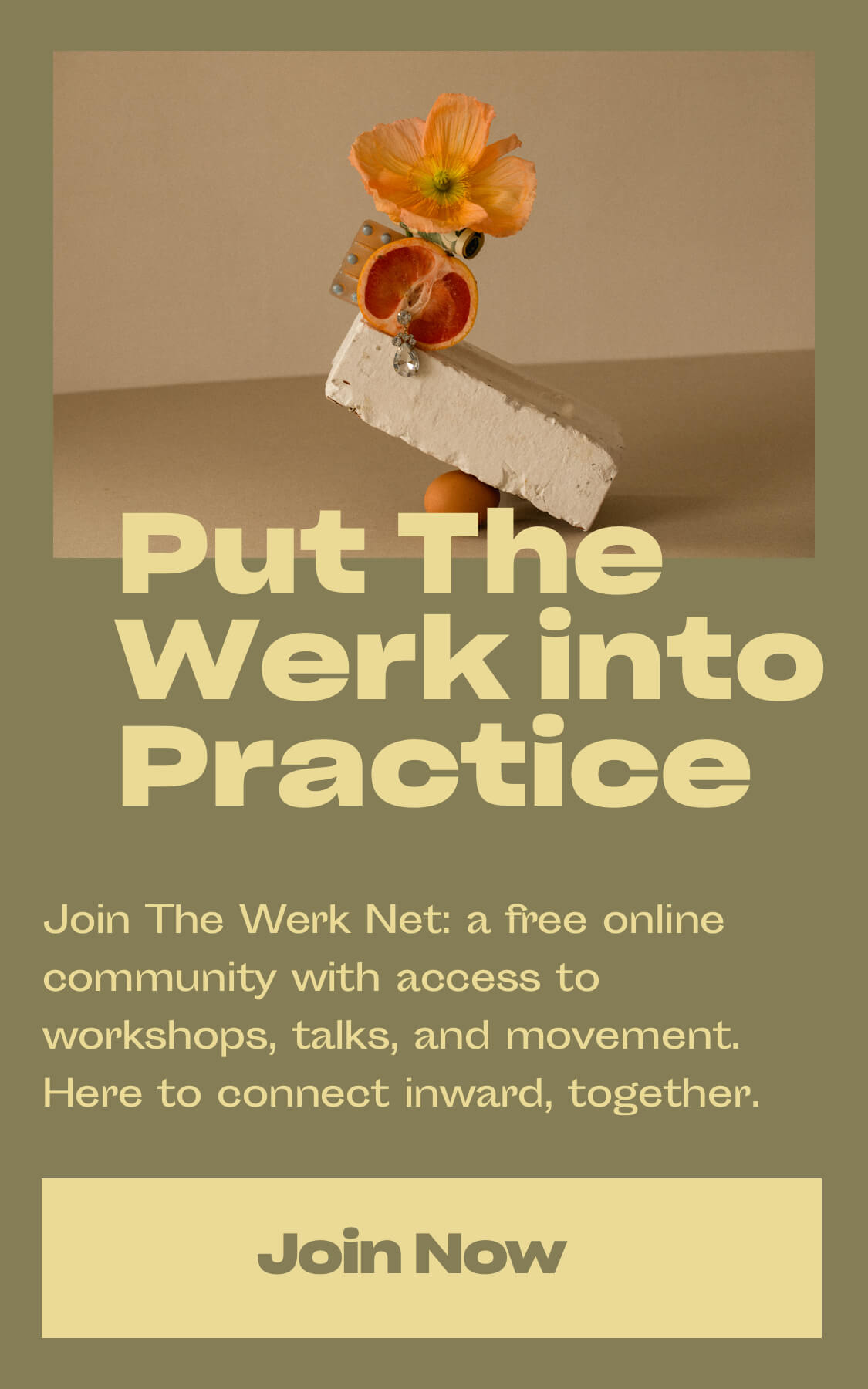Give Your Pantry a Second Chance: Redefining the Way You Cook While in Quarantine (Part I)
Reclaiming the hobby as the highest form of self-care in the new normal of 2020.
Is it just me, or did an overflowing pantry always seem like a suburban myth? That over-the-top level of preparedness has always felt counter to the pace of city life, or like a relic of the past, when things trudged along at a predictable pace. “I’m too spontaneous for pantries!” my subconscious proclaimed, purchasing my modest selection of daily groceries. The thought of keeping an abundance of canned and dry goods seemed romantic at best – and totally unnecessary. Yet, here we are, living a part of this story that most of us (all of us?) neither saw coming, and certainly didn’t plan for. Our daily routine of spontaneous meals – and lives – has changed almost overnight.
So – that mythological pantry? Well, it’s becoming apparent that it actually might be key in this whole staying-put-for-a-while scenario.
I sat down with the plant-based chefs from Brainfood to get some insight into how to make the most of pantry essentials. Cofounders Taylor Wild and Maxine Shifrin started the business as a way to foster the connection between the way we feel and what we eat, hosting dinners and events in Toronto, New York, and Costa Rica. They shared how, now more than ever, these times present us with an essential and precious opportunity to redefine our relationship with food – and to reclaim the practice of cooking for ourselves as the highest form of self-care. We can use the pantry-building process as a way to both prepare for the future, and as a tool to reflect on how to build a better relationship with ourselves.

Maxine and Taylor.
If you’re not a cook, you’re not alone. Consider this an invitation to slowly and quite simply fuel your body with the energy it needs to coast through this wild ride. We don’t need to have it all figured out right now, both in the kitchen and in life. But we can stock our pantry smartly, while shifting our perspective on cooking, and caring for ourselves. Paired with a few of Brainfood’s go-to recipes, here are three of five simple steps (we’ll share the last two in Part II) to get there.
Note: All ingredients below can be stored in your pantry except those noted with an asterisk.
1. Listen to What Makes Your Body Feel Good
Think about it: our bodies are essentially this crazy advanced piece of machinery that are part of who we are. And while even now we’re still learning so much about them, the best information we can gain is by listening to them. It sounds simple. But when we really start to tune into how food makes us feel on a daily basis, we can begin to learn how best to care for ourselves.
First things first. We need to shift our relationship with food and cooking in general. This shift requires us to go beyond seeing food as just an input. It requires us to approach eating from a mental, emotional, and spiritual capacity. We can start to shift our awareness slowly by incorporating a mindfulness exercise into a daily routine with a meal or beverage. Give yourself permission and the opportunity to slow down. The point of this isn’t to dine with this level of consciousness every time you eat, but rather to develop moments of awareness that allow us to begin a dialogue with our bodies.
Find a quiet place to enjoy your beverage and remove all distractions. Ask yourself questions along the way:
Can I sip slower?
Can I tune into my breath and be in the present moment?
Can I use my senses to fully experience the tastes and smells?
Try it out with your morning coffee, your hot water and lemon, or this Vegan Golden Milk recipe that is completely pantry-friendly.
What you’ll need:
Canned Light Coconut Milk
Almond Milk
Turmeric, Ginger, Cinnamon Sticks
Coconut Oil
Black Pepper
Sweetener of Choice.
2. Don’t Underestimate Breakfast, and Establish a Morning Routine
On a regular day, many of us have crazy timelines and work schedules. We’re often running out the door and grabbing a muffin or coffee on the go. When we do that, not only are we packing our bodies with caffeine, sugar and starches first thing, but eating on the run gives our bodies an irregular digestion schedule. Right now, most of us are not living our normal lives’ regularly scheduled programming. The silver lining? Being at home gives us an opportunity to reset. And it all begins with breakfast. Think of your breakfast time as a way to set the right standard for your day. Make a ritual out of it. Set the scene, put on some music, even put on a cute outfit (changing out of your pyjamas signals your brain that it’s time to start your day, which doubly makes this a good idea).
When you take the time to eat something vibrant and energy-filled first thing, you’re telling your body, Hey, I’m going to replenish you with valuable nutrients. When you don’t eat breakfast, your body smartly begins conserving calories. This can lead to energy slumps, weight gain, and mood fluctuations (which you may already be prone to while staying within the confines of your own home most hours of the day).
The solution? Make a high-protein breakfast with oomph so you have enough energy to make it to lunch. Bringing items like eggs, beans, and veggies to the (literal) table can be an amazing way to switch it up.
Looking for a sweeter breakfast? Incorporate some frozen fruit into it — berries are key. Be careful if you’re eating high-sugar fruits like bananas or pineapples, as you may notice an initial energy spike, and then crash later in the day. This is when Step 1 comes back in: listen. Listen to how you feel; during and after you eat. And in the end, it all comes back to balance. If you eat fruit one day, try switching to a savory breakfast the next.
Savory or Sweet Oatmeal is a simple and accessible top-of-the-day meal that is incredibly versatile. See pantry essentials and suggested recipe links below.
What you’ll need:
Steel Cut Oats / Quick Cooking Steel Cut Oats
Nut Milk
Frozen Blueberries
Chia Seeds
Hemp Hearts
Nut Butter
Cinamon
Coconut Oil
What you’ll need:
Steel Cut Oats / Quick Cooking Steel Cut Oats
Canned Beans
Vegan Sausage
Spices (Zataar or Harissa is a great option)
Coconut Oil (See above)
Eggs*
Veggies of your choice*
3. Eat for How You Want To Feel
In the simplest terms — food and water is helping our organs function, our blood stay clean and our brains function optimally. So, in the most basic way, yes: our bodies are actually composed of these vitamins, minerals and nutrients that make up our physical structure.
But, we are also what we eat in terms of how food directly affects our emotional states and perception of the world around us. During these times, having a resilient immune system is crucial. Our immune system is not only made stronger by the food we eat, but the way we feel. We have 500 million neurons in our gut. These neurons are constantly sending signals to our brain about what mood we’re going to be in based on what we’re eating. They send these signals via the vagus nerve — the longest nerve in our body that connects our stomach, heart and head. Scientific studies have proven time and again that what we feed ourselves is directly related to our mental health: everything from ADHD, depression, anxiety, insomnia and more. So, if we’re filling our body with white rice, sugar and processed foods from the corner store, your body doesn’t have a lot to work with and will be much more prone to physical and emotional stressors. So, next time you cook something up: eat for how you want to feel in the hours and days to come! This Miso Chickpea Bowl is a great place to start.
What you’ll need:
Miso
Canned Chickpeas
Tempeh
Brown Rice
Sauerkraut
Veggies of your choice*
Photography by Ashley Klassen.
Stay tuned for Redefining The Way You Cook for Yourself During the Quarantine Part II.
This post is tagged as:
You may also like...
The Latest
People & Places
How Ara Katz is Redefining “Self-Care” as Rooted in Science with Seed
The co-founder, mother, and self-proclaimed serial entrepreneur unpacks her philosophy on what it means to be well. Ara Katz hates the word “success”. Not because of its listed definition in a di...

Do Good Werk
9 Passive-Aggressive Email Phrases That Are Basically Evil
A Rosetta Stone for every time you want to :’).

Woo Woo
Get to Know Your Astrological Birth Chart
How to find meaning in the stars — and what it means for you.

People & Places
The 5 Best Places In New York To Meet Your Next Investor
Where to rub shoulders with the city's movers and shakers.

Do Good Werk
10 Unhealthy Thoughts You Convince Yourself Are True as a Freelancer
If you work alone, you might be particularly susceptible to distorted thoughts that hurt your mental health.

People & Places
Creating a Conference-Meets-Summer-Camp for Adult Creatives
An interview with Likeminds founders Rachael Yaeger and Zach Pollakoff This past September, I sat in front of an obituary I wrote for myself after a session with a death doula. No, I didn’t know w...

People & Places
When Something Golde Stays: An Interview with Golde’s Co-CEOs
“For us it was never a question,” says Issey Kobori, speaking of the decision to build a business with his partner Trinity Mouzon Wofford. At just shy of 27, Kobori and Wofford have secured a host ...

Better Yourself
Are They Toxic? Or Are They Human?
There’s a difference between putting up boundaries and putting up walls, and the latter is what breaks relationships.

Do Good Werk
How To Combat Seasonal Affective Disorder At Work
Here’s what to do if seasonal affective disorder starts to take a toll at the office.

People & Places
Reclaiming Womxn's Wellness Spaces from a White-Dominated World
How The Villij built a collective that their community can connect to.









